For almost 20 years, ichthyologists have disagreed on which rule of the International Rules of Zoological Nomenclature is more important for the gouramis of South and Southeast Asia: the prime directive, according to which everything else must be subordinated to the stability and universal applicability of scientific names, or the various rules that regulate which names are valid in synonyms (i.e. multiple names of the same genus or species).
Those who want stability use Colisa for western gouramis and Trichogaster for eastern gouramis, those who see rules more like lawyers use Trichogaster for western gouramis and Trichopodus for eastern gouramis. In this, the two camps are quite irreconcilably opposed to each other, a sad example of how things should not go in the scientific naming of animals and plants.
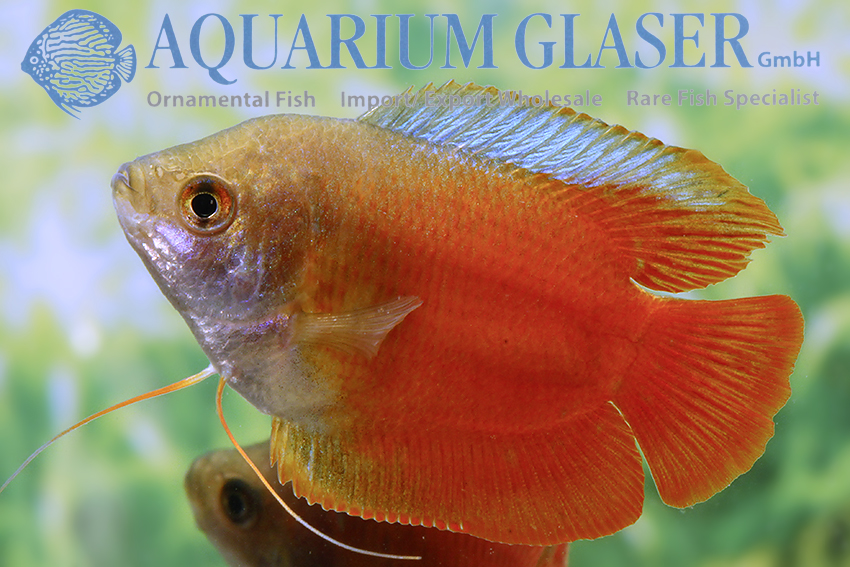
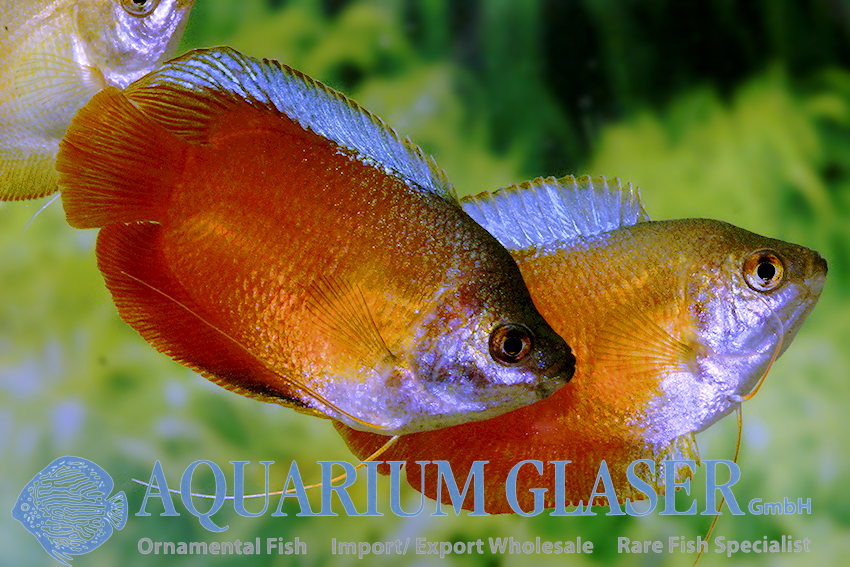
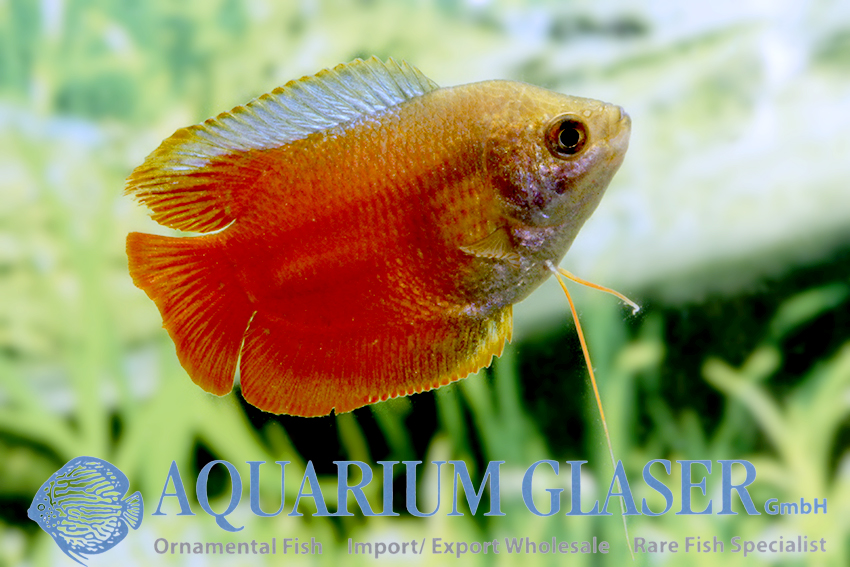
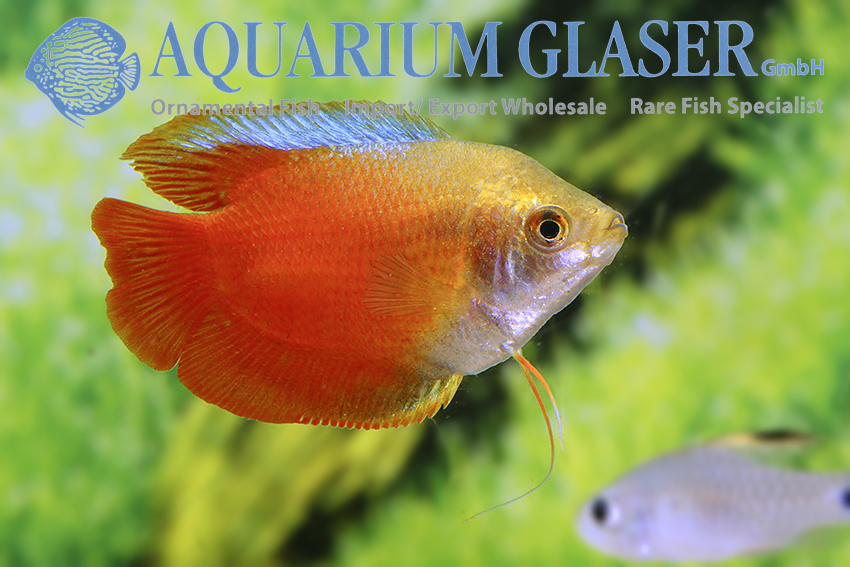
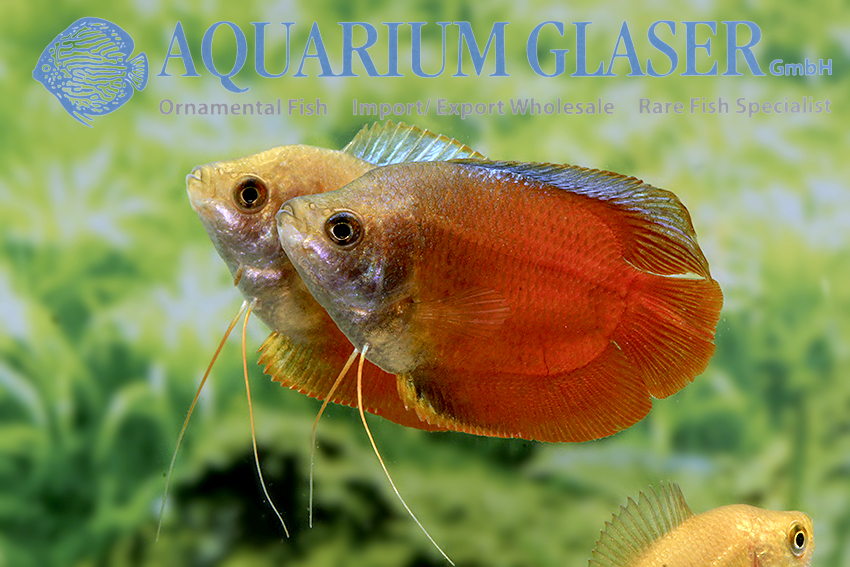
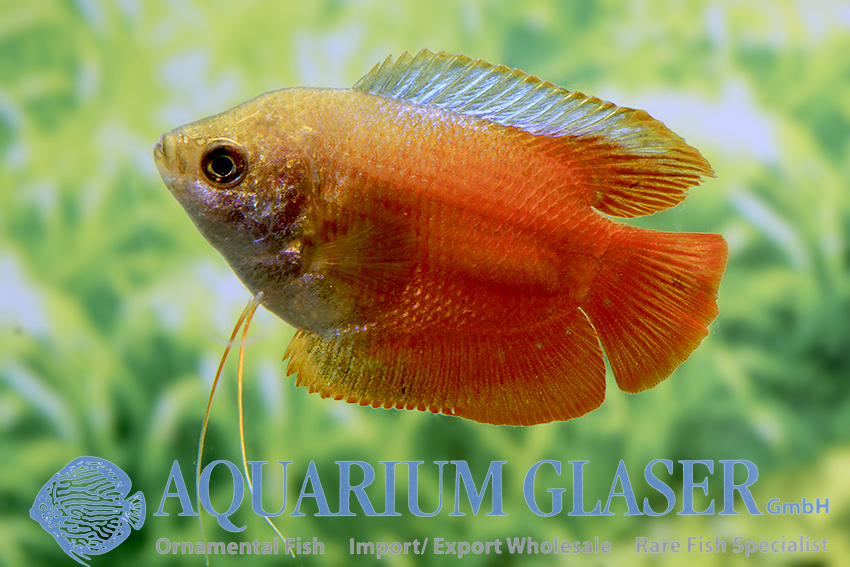
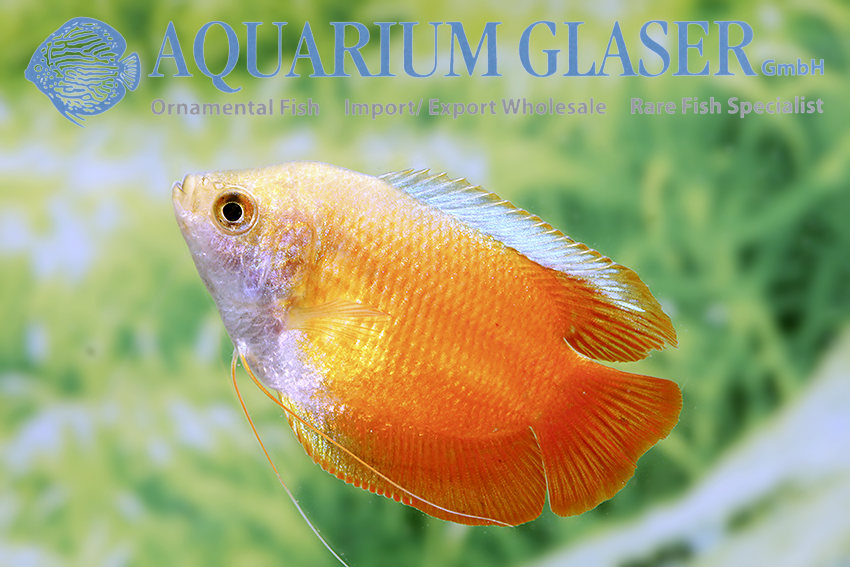
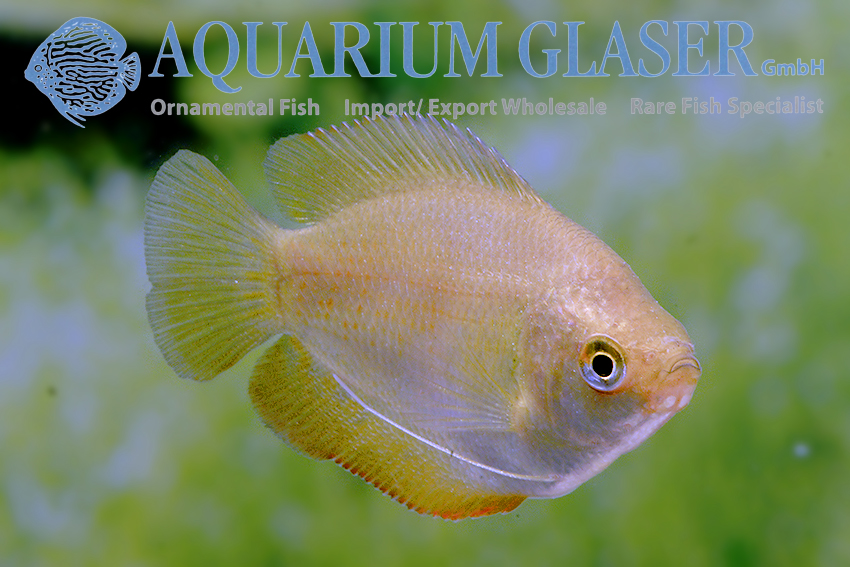
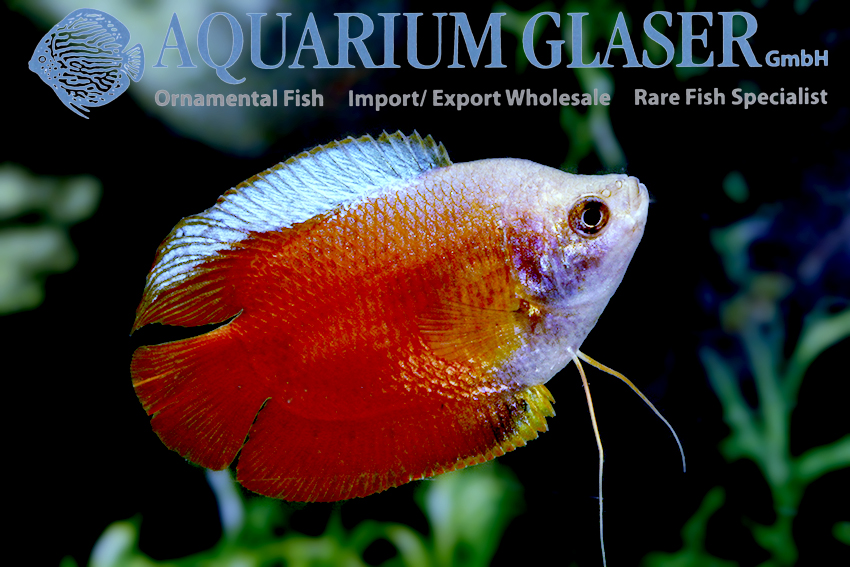
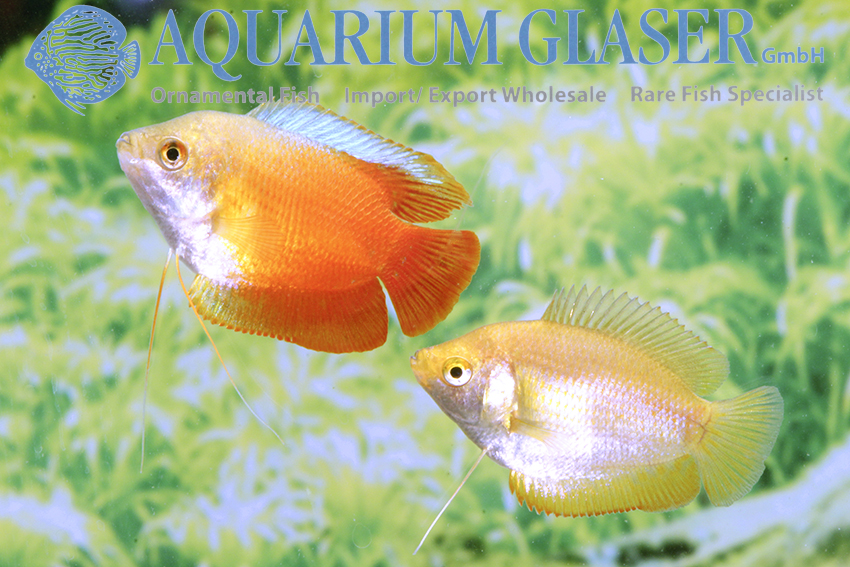
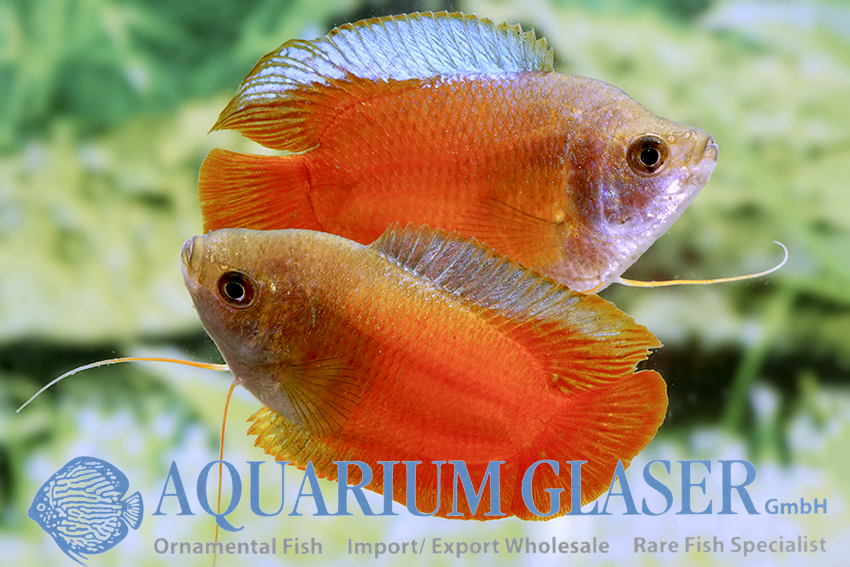
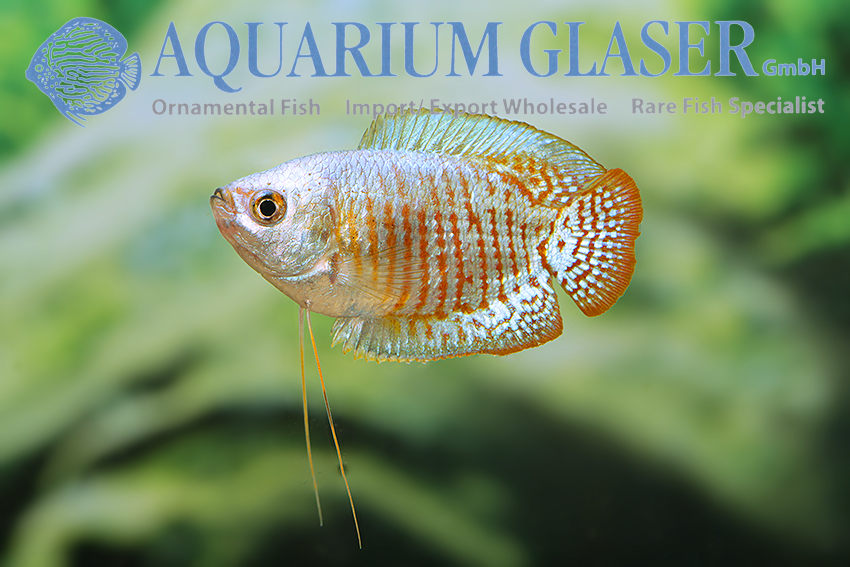
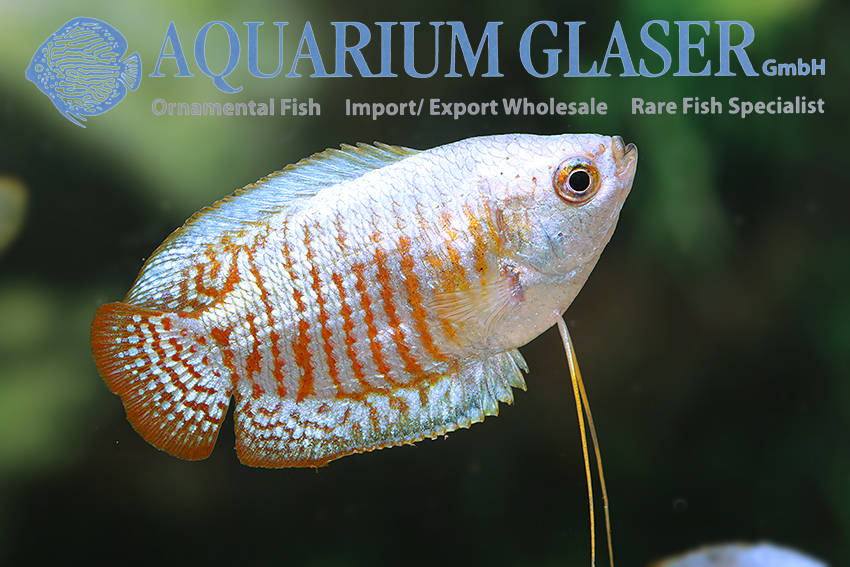
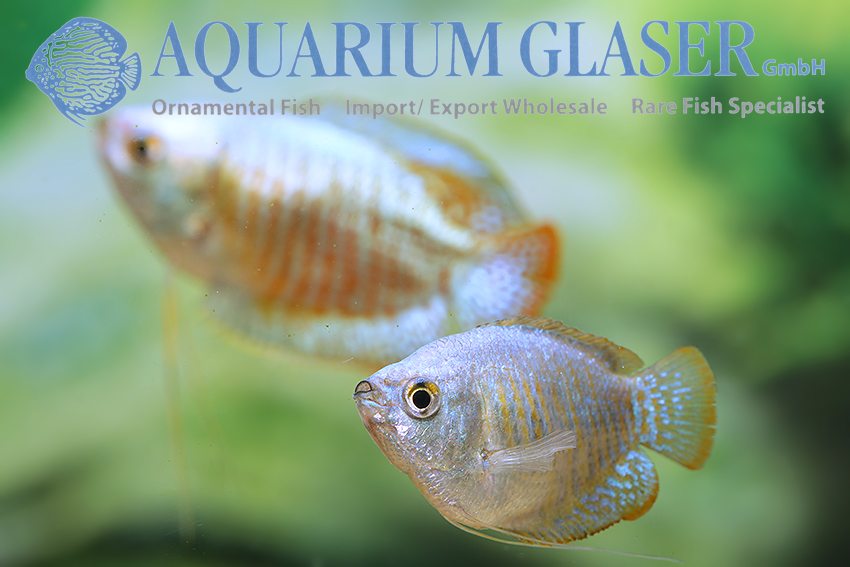
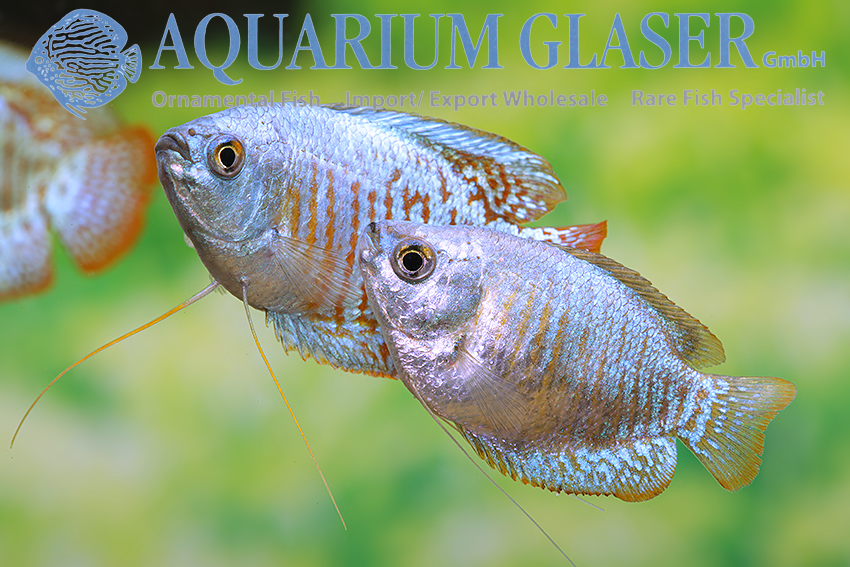
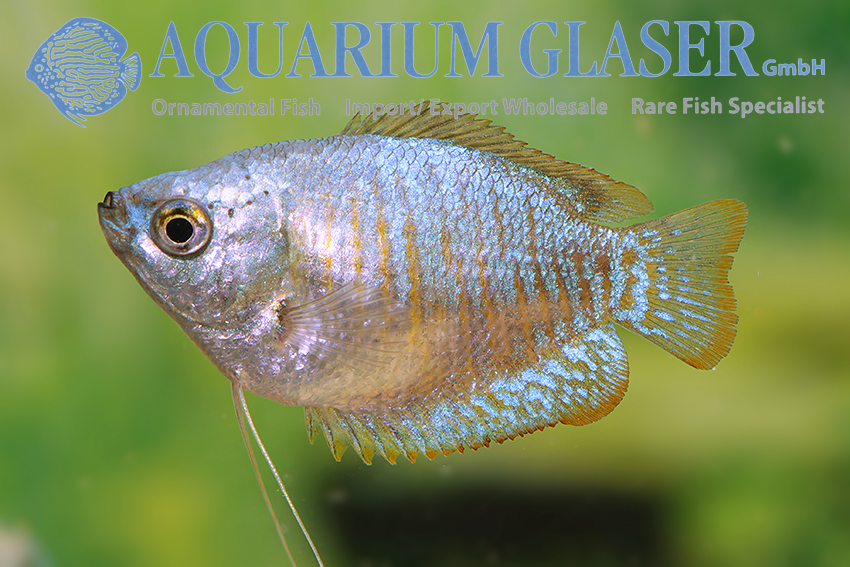
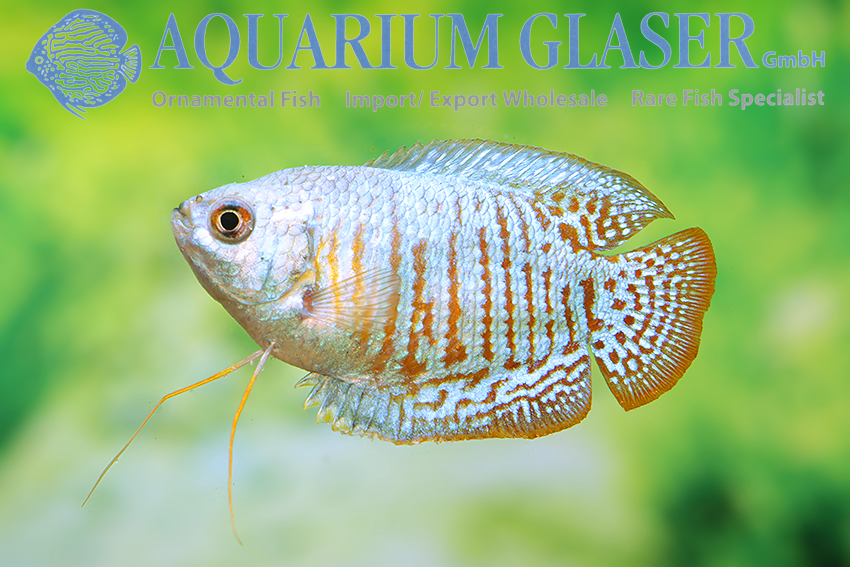
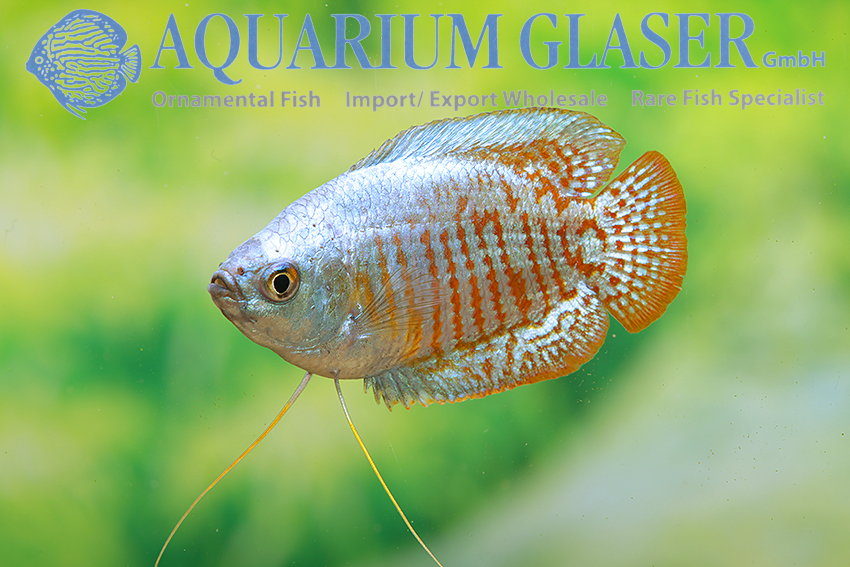
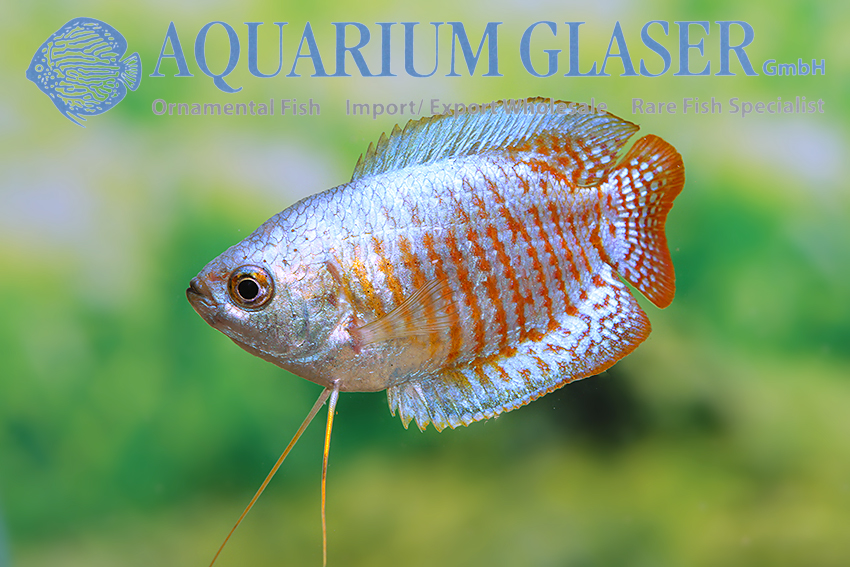
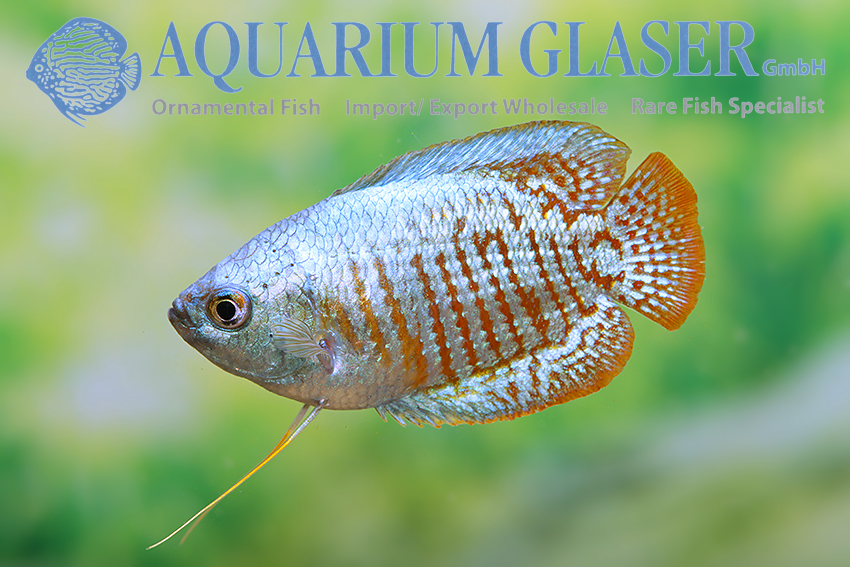
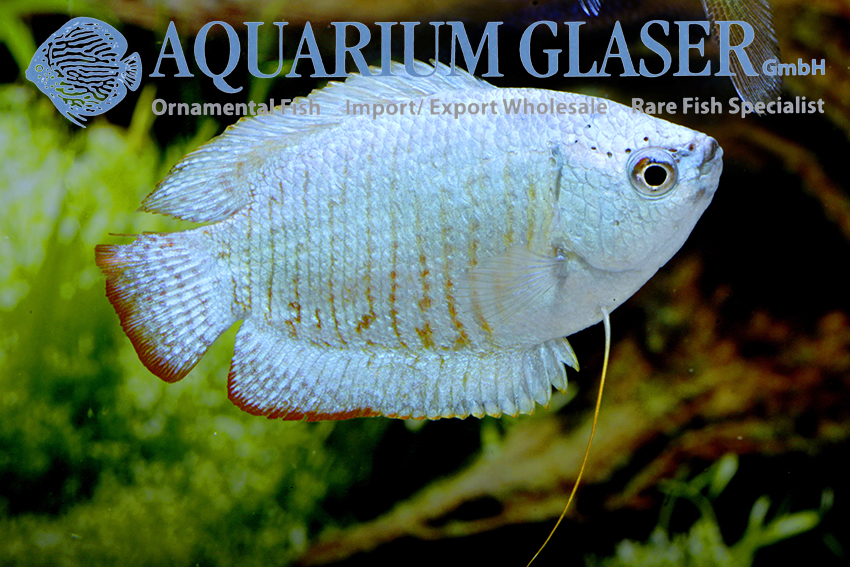
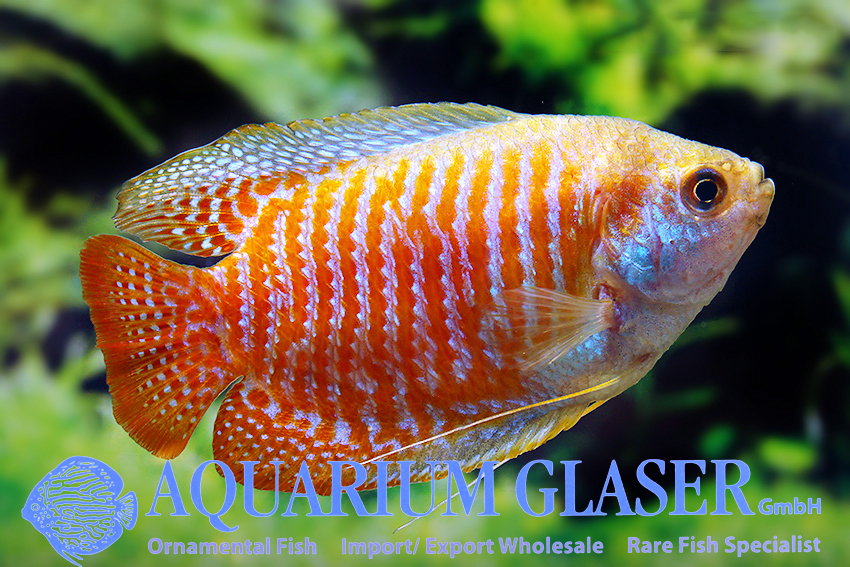
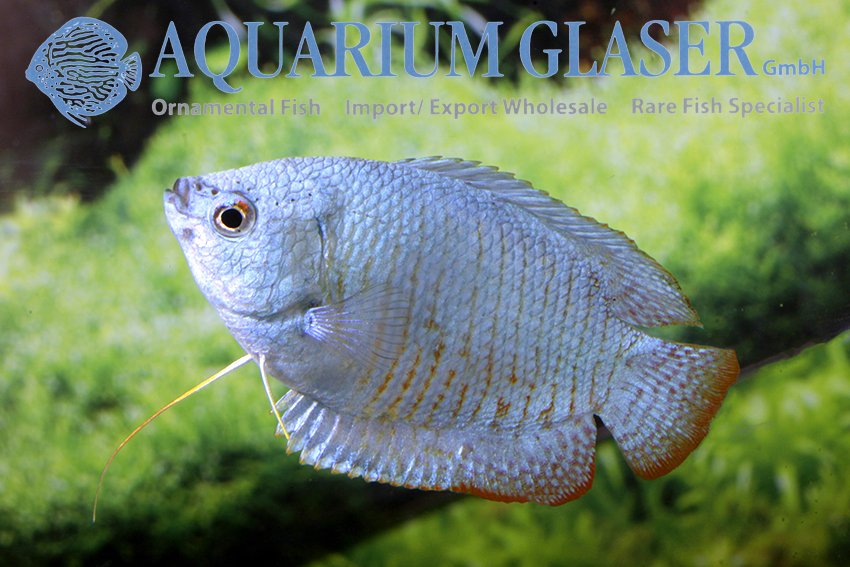
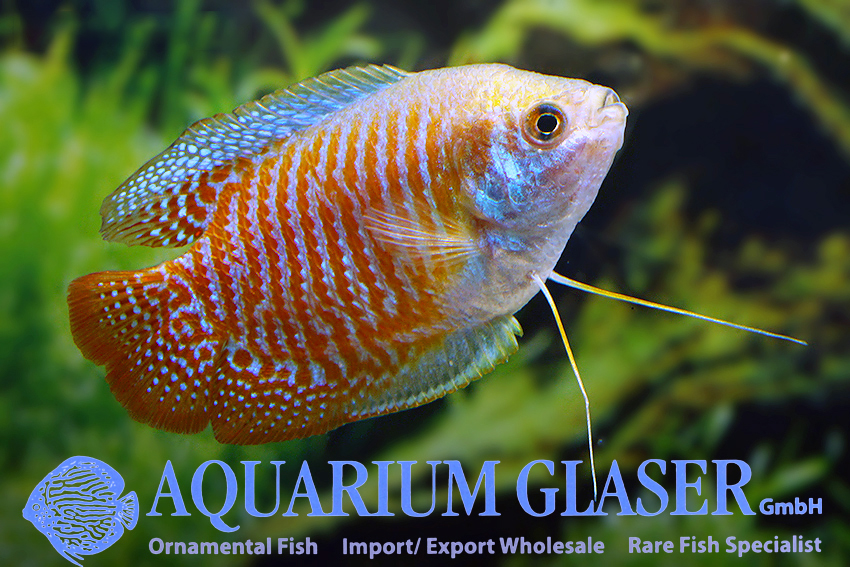
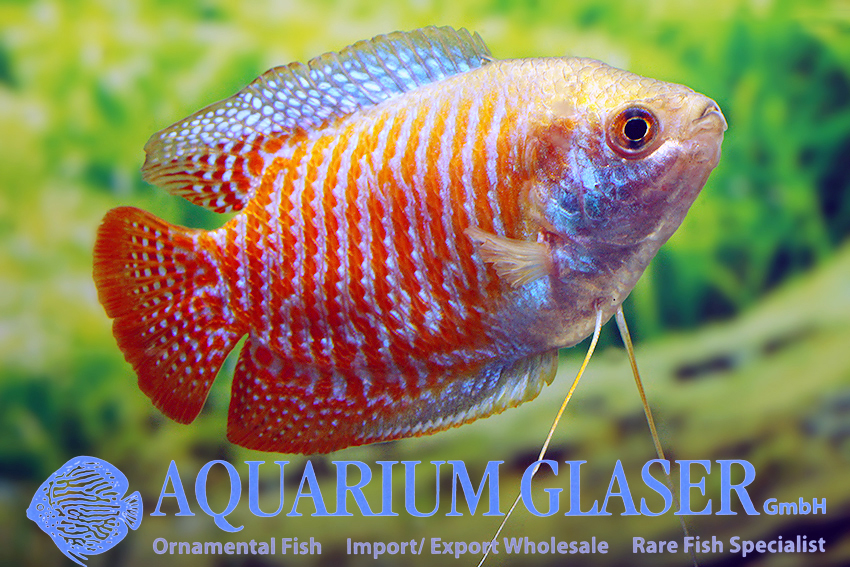
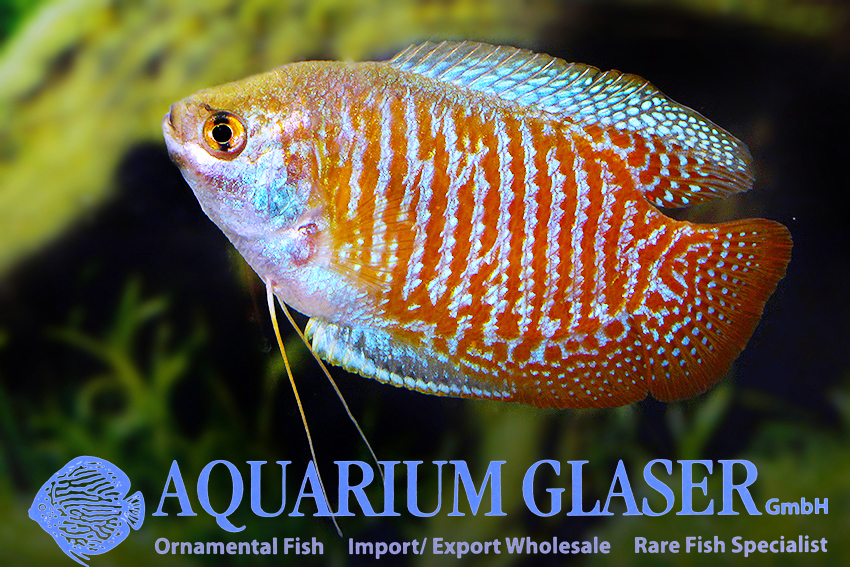
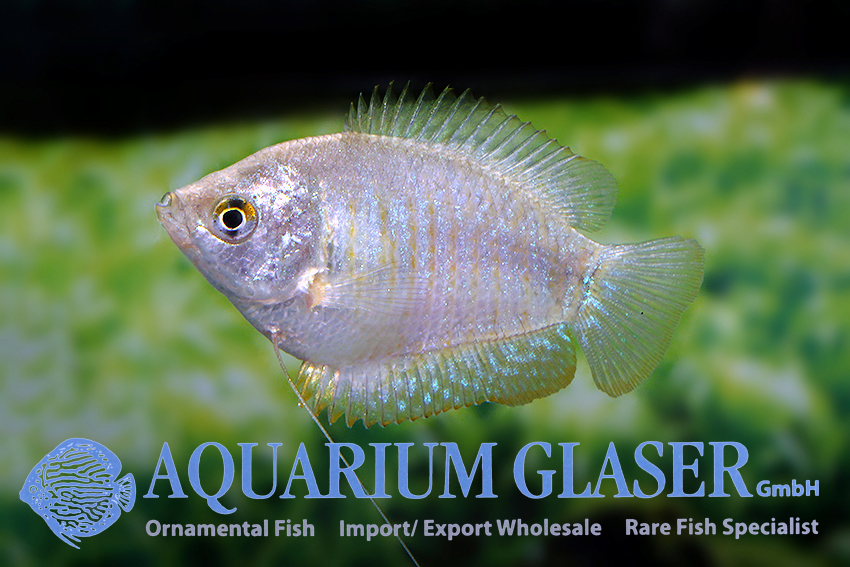
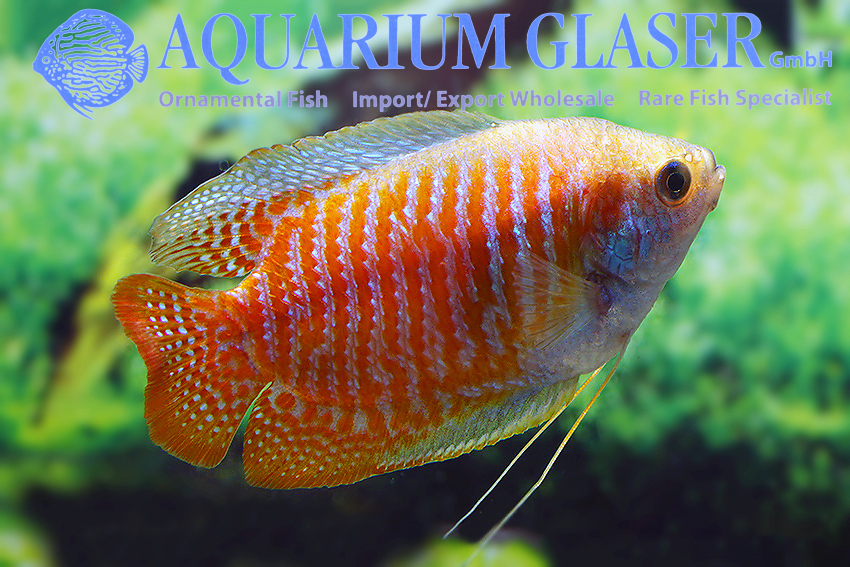
The species Colisa/Trichogaster fasciata, which belongs to the western gouramis and was described by Bloch & Schneider in 1801, has always been a problematic case in zoology. The specimen on which the description is based was lost, the drawing to the species is inaccurate and where the fish is supposed to come from (Tranquebar in India, nowadays Tharangambadi) no gouramis of any species could be found until recently, although intensive searches were made.
Until now Colisa/Trichogaster fasciata was considered to be either the large gourami of the Ganges-Brahmaputra system, which was described in 1822 and for which the name Colisa/Trichogaster bejeus is available or (my humble self counts to this) for a South Indian species, which has not been found again as a wild form so far, but which should rather originate from the west coast (Tranquebar and Pondicherry (= Puducherry), from where also a gourami is described, are both located at the east coast; the area was a French colony from 1673 until Indian independence, which is why both Bloch & Schneider and Cuvier & Valenciennes were able to obtain naturalia via ports there; this does not mean, however, that the fish were also caught there).
Now new life came into the matter. A team of authors around J. D. M. Knight believes that the fish described by Bloch & Schneider is our well-known dwarf gourami. They support their thesis with the fact that preserved dwarf gouramis can have a round-appearing caudal fin and that Bloch’s description of Trichogaster fasciatus explicitly mentions a round caudal fin. However, in reality NO gourami species has a round caudal fin and the dwarf gourami Colisa lalia/Trichogaster lalius was not found in southern India until 1999. It is extremely likely that the dwarf gourami there are due to abandoned or escaped ornamental fish which were not found there in Bloch & Schneider’s time. Nevertheless, Knight et al. are so certain that they declare Colisa lalia/Trichogaster lalius to be an invalid synonym of Trichogaster fasciata.
So now the dwarf gourami has three “official” names, depending on the personal opinion of the scientists involved with it, and five spellings: Colisa lalia, Colisa lalius, Trichogaster lalia, Trichogaster lalius, and Trichogaster fasciata. Whether one writes lalia or lalius depends on whether the name lalius, chosen by the first describer Hamilton in 1822, is an adjective or a noun; Hamilton did not comment on this. In the former case, the fish is called lalia (Colisa and Trichogaster are female (femininum), in which case the Latin word ending for adjectives is -a); in the latter, i.e., if lalius is a noun, it remains unchanged no matter what the gender of the generic name is. With fasciata/fasciatus (Latin for striped) this question does not arise, this is indisputably an adjective and must be adjusted in the gender of the genus. The striped gourami, previously called Colisa/Trichogaster fasciata, should be called Trichogaster bejeus according to Knight et al.
In our stock list, the dwarf gourami and its breeding forms continue to be called Colisa lalia. This has technical and economical reasons, but at the same time we are out of this name mess. The pictures for this post show Colisa lalia „Neon Colour“, Code 411605, „Flame Red“, Code 411705, „Cobalt“, Code 411555, and wild coloured, Code 411505 on our stock list. Please note that we only supply wholesale.
Literature
Knight, J. D. M., Nallathambi, M., Vijayakrishnan, B. & P. Jayasimhan (2022): On the identity of the banded gourami Trichogaster fasciata with notes on the taxonomic status of Trichopodus bejeus (Teleostei: Perciformes: Osphronemidae). Journal of Fish Biology: [1-5].
Text & photos: Frank Schäfer




